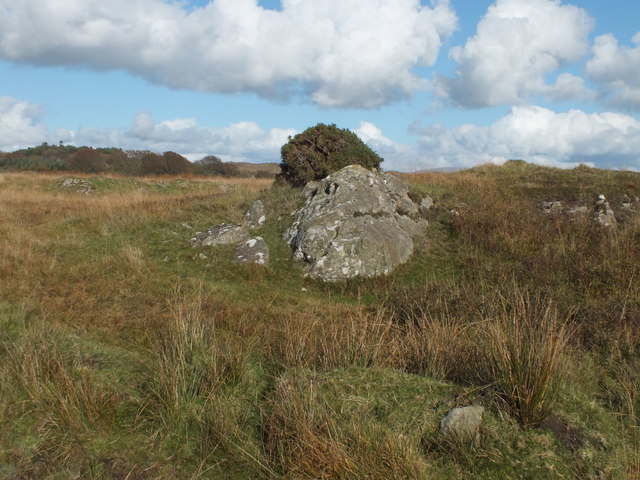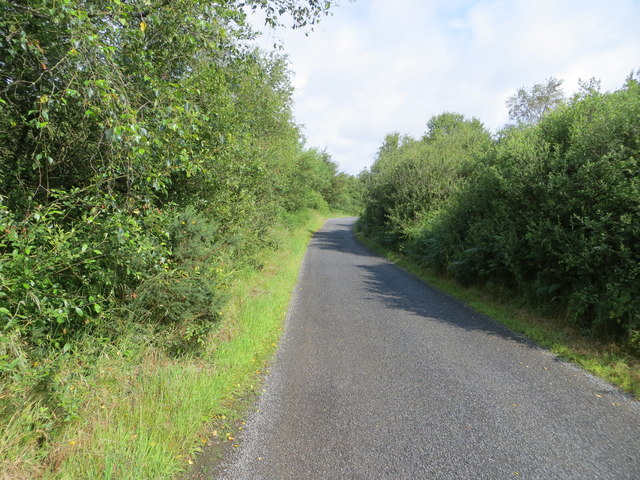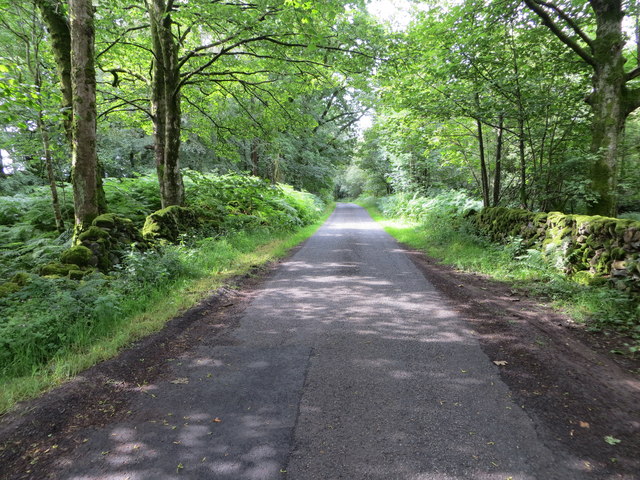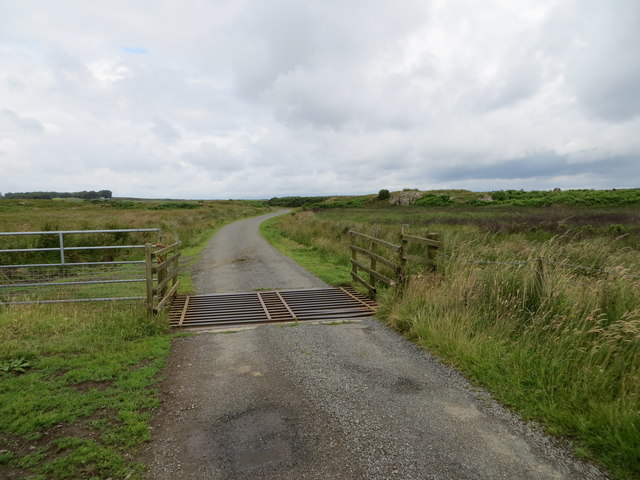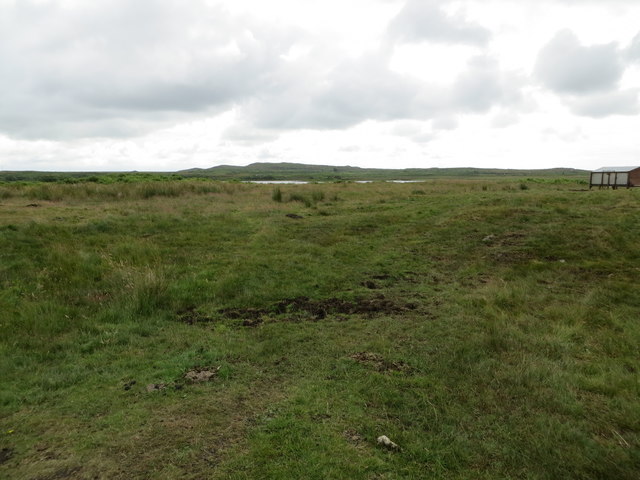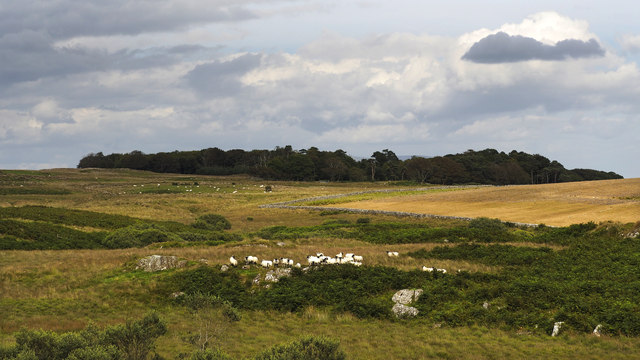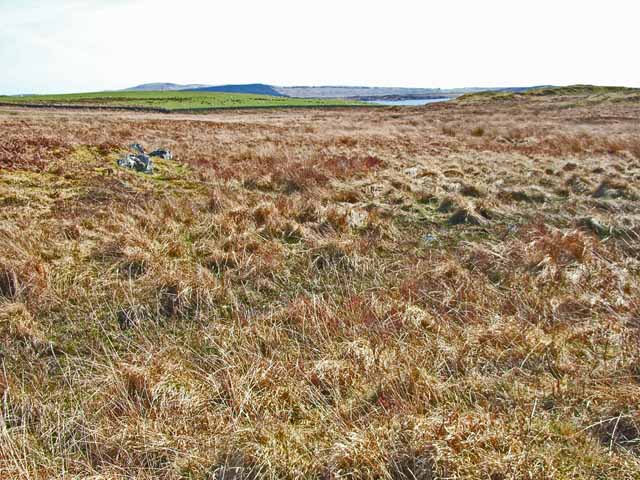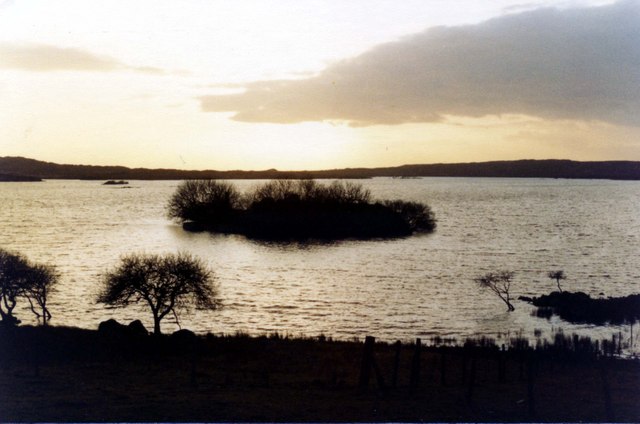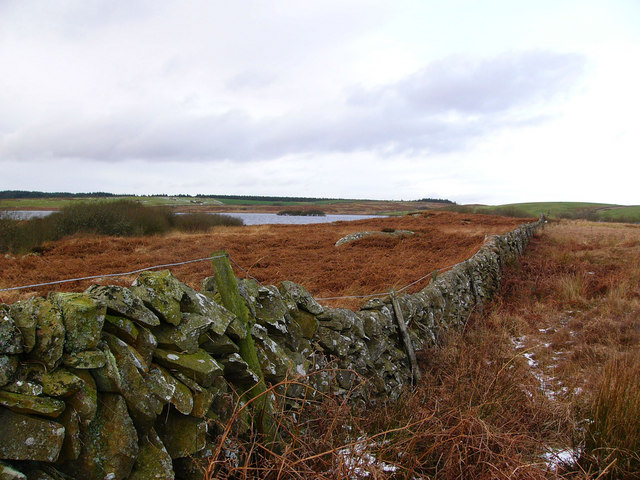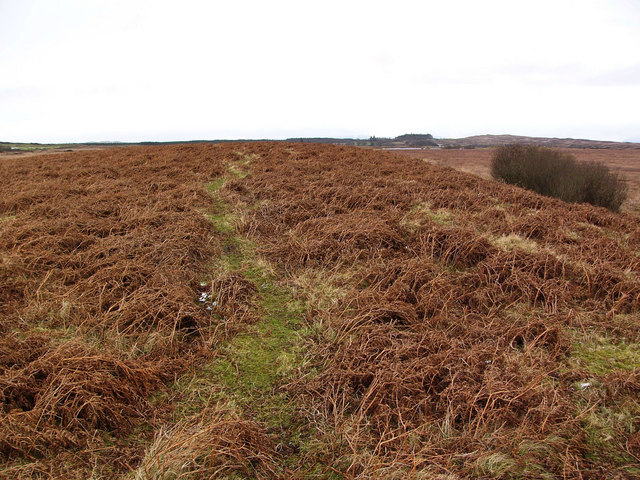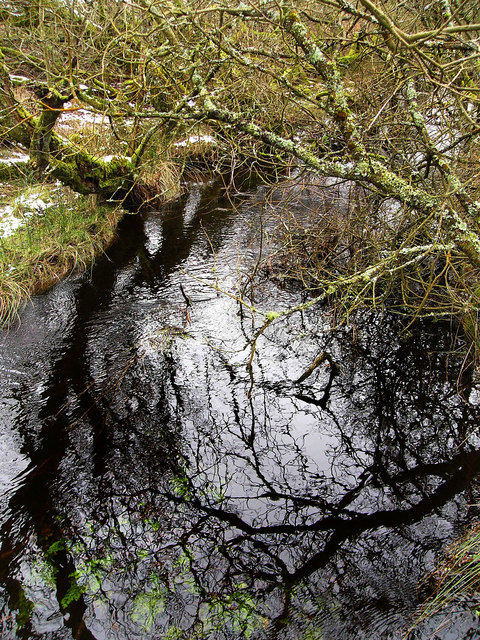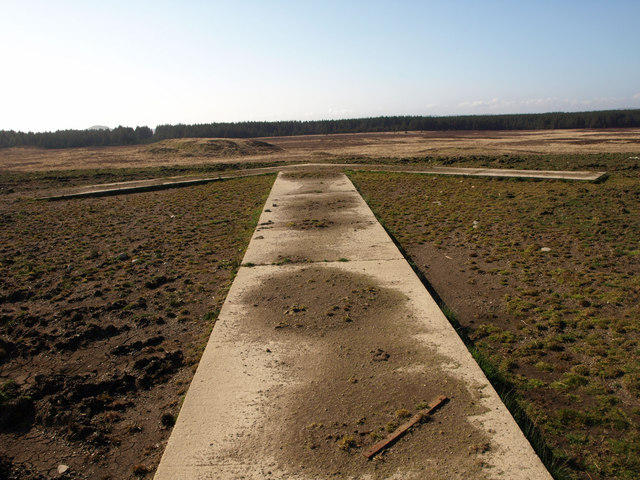Park Hill
Hill, Mountain in Wigtownshire
Scotland
Park Hill
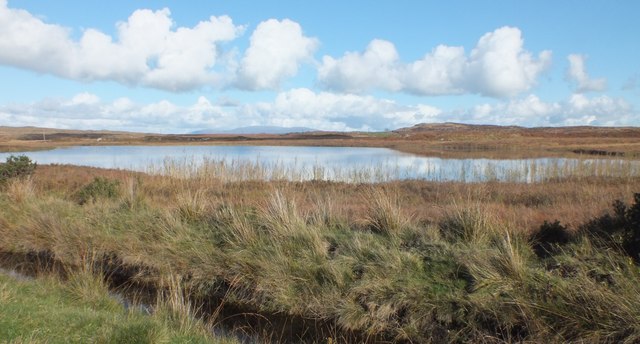
Park Hill is a prominent hill located in the region of Wigtownshire, Scotland. Standing at an elevation of approximately 220 meters, it offers stunning panoramic views of the surrounding countryside. The hill is situated near the village of Auchenmalg, about 5 kilometers southeast of the town of Glenluce.
Park Hill is a popular destination for outdoor enthusiasts, hikers, and nature lovers. The hill is covered in lush greenery, with a variety of plant species, including heather, grasses, and wildflowers, adding to its natural beauty. The slopes are relatively gentle, making it accessible to walkers of all abilities.
At the top of Park Hill, visitors can enjoy breathtaking vistas of the rolling countryside, the nearby coastline, and the shimmering waters of the Irish Sea. On clear days, it is even possible to see as far as the Isle of Man.
The hill is also home to a diverse range of wildlife. Birdwatchers may spot various species, including buzzards, kestrels, and peregrine falcons, soaring through the sky. Other animals such as rabbits, hares, and even roe deer can sometimes be seen grazing in the surrounding fields.
Park Hill is easily accessible by foot, with several well-maintained paths leading to the top. Visitors are advised to wear appropriate footwear and bring along a map or guide as some areas can be steep and uneven. Whether it's for a leisurely stroll or a more challenging hike, Park Hill offers a memorable experience in the heart of Wigtownshire's picturesque landscape.
If you have any feedback on the listing, please let us know in the comments section below.
Park Hill Images
Images are sourced within 2km of 54.852003/-4.6410316 or Grid Reference NX3053. Thanks to Geograph Open Source API. All images are credited.
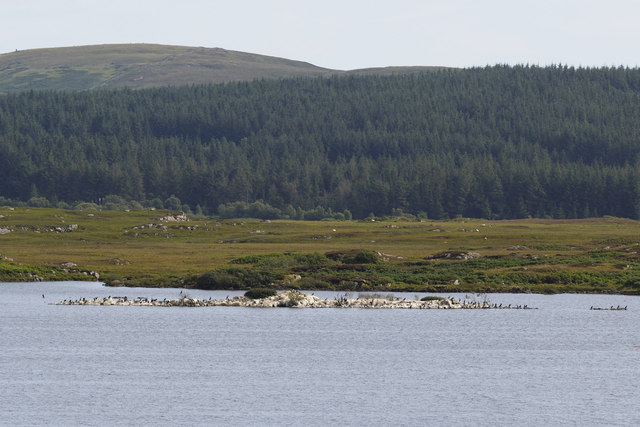
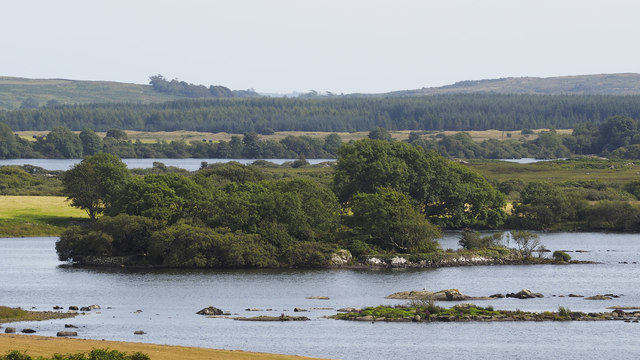
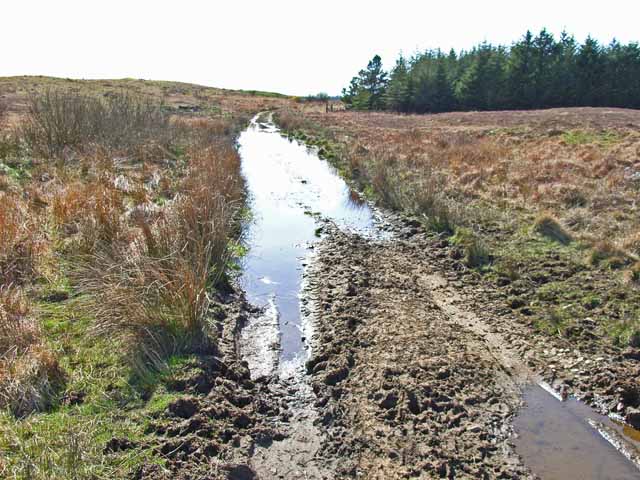
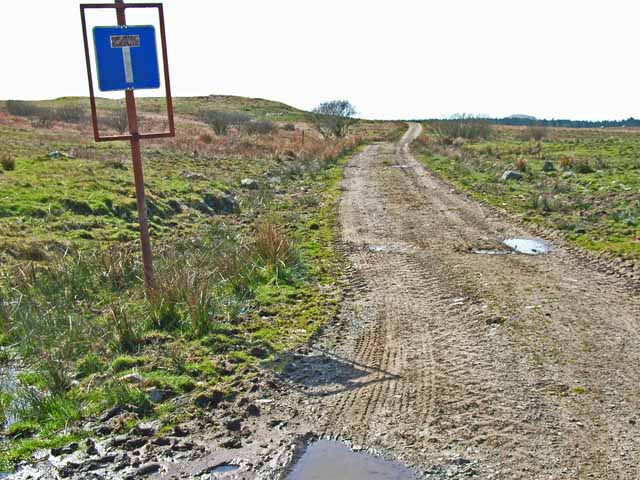
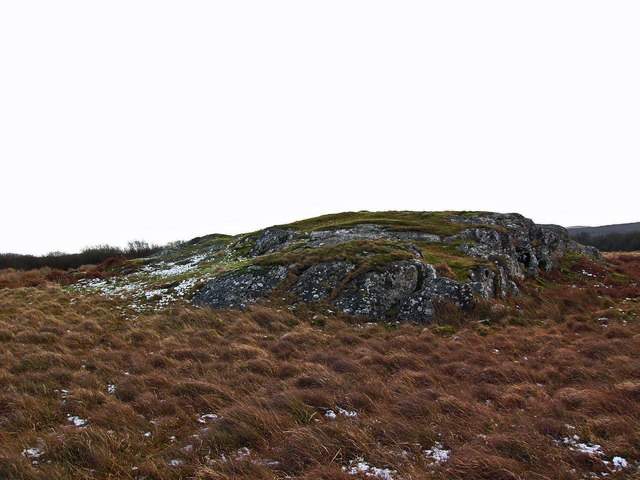
Park Hill is located at Grid Ref: NX3053 (Lat: 54.852003, Lng: -4.6410316)
Unitary Authority: Dumfries and Galloway
Police Authority: Dumfries and Galloway
What 3 Words
///clubbing.gripes.sedative. Near Newton Stewart, Dumfries & Galloway
Nearby Locations
Related Wikis
Mochrum Loch
Mochrum Loch is a large, irregular shaped, shallow, freshwater loch in Dumfries and Galloway, in the Southern Uplands of south-west Scotland. It lies approximately...
Castle Loch, Dumfries and Galloway
Castle Loch is a large, shallow, freshwater loch in Dumfries and Galloway, in the Southern Uplands of south-west Scotland. It lies to the west of Mochrum...
Castle Loch
Castle Loch is a shallow eutrophic loch covering an area of around 100 hectares in the town of Lochmaben in Dumfries and Galloway, Scotland. It lies to...
Doon of May
The Doon of May is a conifer plantation associated with an Iron Age hill fort in Dumfries and Galloway, south-west Scotland. Located around 14 kilometres...
Nearby Amenities
Located within 500m of 54.852003,-4.6410316Have you been to Park Hill?
Leave your review of Park Hill below (or comments, questions and feedback).
